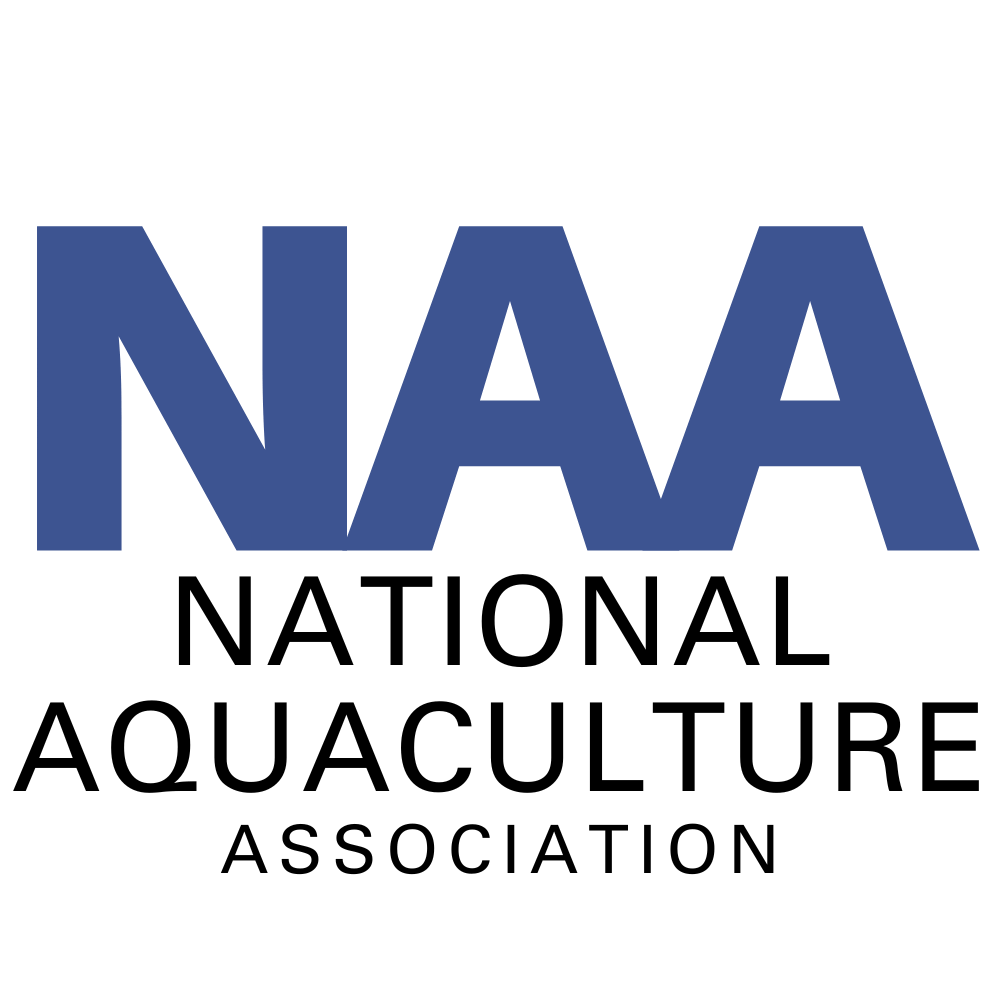
NAA Releases 2024 Aquaculture Research Priorities
In the spring of 2024, NAA conducted a survey of farm and association members to produce a comprehensive Aquaculture Research Priorities document. The guidance and specific priorities highlighted in this document should be used by Extension specialists, researchers and grant organizations to focus funding, projects and communication in a way that maximizes the benefit for U.S. aquaculture farmers.
Click Here to Read the Full Document
Foreword by Dr. Carole Engle, Chair of NAA's Research and Technology Committee
Applied research that develops practical, cost-effective solutions for existing problems is essential to the economic sustainability of U.S. aquaculture. Research programs designed to address priority research needs of U.S. aquaculture producers will contribute to its growth, economic impact, and contributions to food security. The National Aquaculture Association (NAA) conducted a survey of its members to identify priority research needs. This booklet provides details on the priorities identified.
Survey results revealed several over-arching needs of U.S. aquaculture. A very high priority expressed by NAA members was to increase Extension support for U.S. aquaculture. There is a great deal of concern over the loss of full-time Extension personnel dedicated to aquaculture. U.S. aquaculture producers recognize the essential Extension functions of communicating producer needs to researchers, framing appropriate research questions, and assisting researchers to develop effective experimental designs. Extension personnel further translate and disseminate research results to farmers and follow up with critical support to assist farmers to adapt research results to their specific farm.
A second over-arching research need identified by NAA members was the need for research trials to be conducted under conditions that effectively mirror commercial farming conditions. Ponds, tanks, and net pens do not necessarily have to be the same size as those on commercial farms, but the size of the unit must be sufficient to produce similar results to those on commercial farms.
Aquaculture producers differ in preferences for the best communication methods to disseminate results. Nevertheless, one-on-one visits with farmers, on-farm trials, and research verification programs (that test research recommendations in a few production units with close monitoring and data collection) are among the most effective. Workshops, articles in trade journals and magazines, email notices of new publications, newsletter articles, and fact sheets are all reported to be useful to aquaculture producers.
Programs that fund aquaculture research are strongly recommended to use the research priorities identified in this booklet as priority objectives for future research funding competitions. Focusing research dollars on the most important priorities of aquaculture producers is critical for growth and development of U.S. aquaculture.

